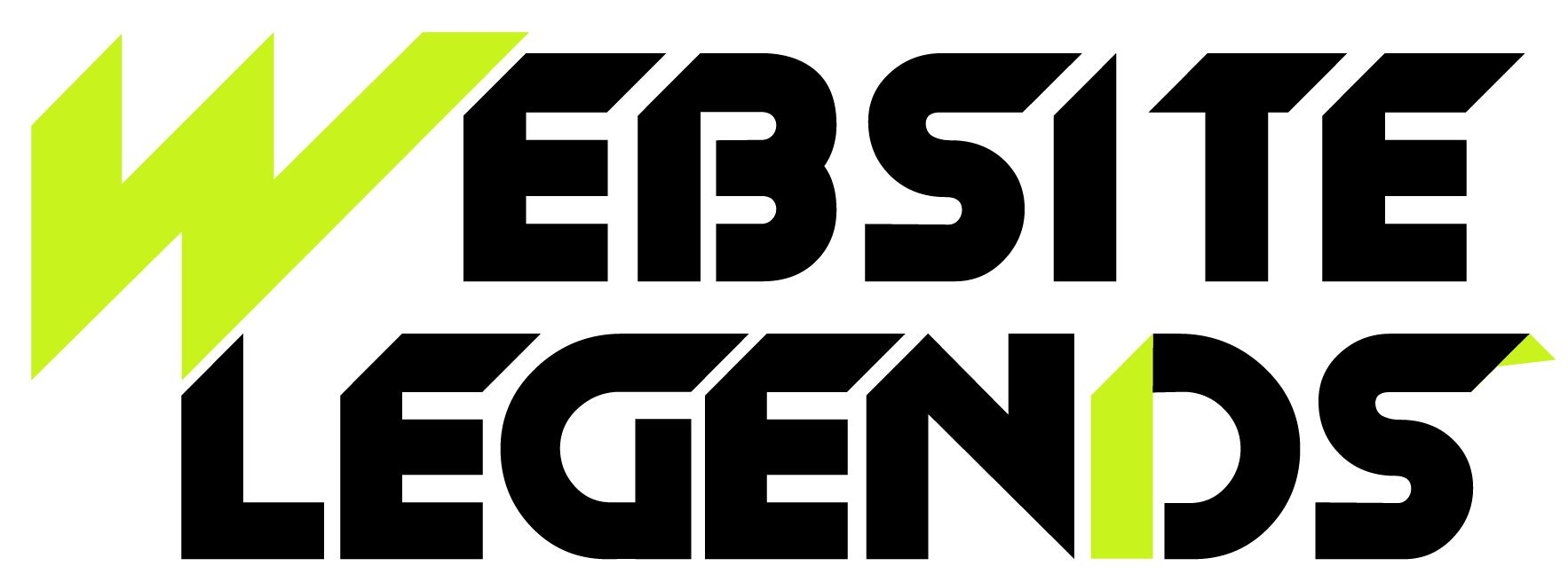In today’s digital world, your website is more than just an online address — it’s your brand’s first impression. Before a potential customer ever talks to you, visits your store, or uses your product, they’ll likely visit your website. And within seconds, they’ll form an opinion about your business.
That opinion? It depends almost entirely on your website design.
A poorly designed website can make even the best businesses look untrustworthy or outdated. On the other hand, a professionally designed website communicates credibility, confidence, and quality. It tells your audience that you take your brand seriously — and that they can, too.
Let’s explore why professional website design plays such a crucial role in shaping your brand’s reputation and how it directly impacts your business success.
1. First Impressions Matter More Than Ever
You’ve heard the saying: “You never get a second chance to make a first impression.” In the digital space, that couldn’t be truer.
According to research by Stanford University, 75% of users judge a company’s credibility based on its website design. That means your website isn’t just a marketing tool — it’s your brand’s credibility engine.
When someone lands on your site, they decide within seconds whether to trust you or not. A cluttered layout, outdated design, slow loading time, or broken links can all send one clear message: “This brand isn’t professional.”
A well-designed website, however, captures attention instantly. It tells visitors that your business is established, trustworthy, and invested in providing value.
Your design isn’t just about how your website looks — it’s about how your audience feels when they see it.
2. Your Website Reflects Your Brand Identity
Your website is your brand’s digital storefront. The design, color palette, typography, and imagery all work together to create a visual identity that communicates who you are.
a. Consistency Builds Recognition
Strong brands like Apple, Nike, or Coca-Cola don’t just sell products — they sell identity. Every visual detail of their website aligns with their brand’s tone, voice, and personality.
A professionally designed website ensures that your brand colors, fonts, and overall visual tone are consistent across all pages, helping build recognition and trust. Consistency reassures visitors that they’re dealing with a legitimate, reliable brand.
b. Design Creates Emotional Connection
Colors, shapes, and layouts affect how people feel about your brand. For instance:
-
Blue evokes trust and calm.
-
Red stimulates excitement or urgency.
-
Minimalistic design communicates sophistication and professionalism.
A professional designer understands these subtleties and uses them to align your site’s design with your brand message.
When your design evokes the right emotions, visitors are more likely to remember your brand — and return.
3. A Good Website Builds Trust and Credibility
Trust is the foundation of every successful brand. And trust online starts with a website that looks credible.
When your website looks professional, people feel safe sharing their information, making a purchase, or booking a service. But when your design looks amateurish or outdated, it creates doubt.
Here’s what builds trust through design:
-
Modern, clean layouts: Avoid clutter and focus on readability.
-
Professional photography: Stock photos can be fine, but original, high-quality images make your brand feel authentic.
-
Secure browsing: HTTPS encryption reassures users that their data is safe.
-
Clear navigation: Visitors should find what they’re looking for in seconds.
-
Testimonials & case studies: These provide social proof and build confidence.
Your website design should make visitors feel comfortable — like they’re in capable hands.
4. Professional Design Enhances User Experience (UX)
User Experience (UX) is not just a buzzword — it’s the backbone of how your website performs. A good design doesn’t just look great; it functions beautifully.
Why UX Matters for Your Brand Reputation:
-
Intuitive navigation: Users should find products, services, or information easily.
-
Fast load times: A slow site frustrates users and increases bounce rates.
-
Mobile responsiveness: Over 60% of traffic comes from mobile devices — if your site isn’t mobile-friendly, you’re losing potential customers.
-
Accessibility: A professional design ensures inclusivity by being accessible to all users, including those with disabilities.
A frustrating experience makes visitors associate your brand with inefficiency.
A smooth, enjoyable one builds loyalty and positive reputation.
When visitors can navigate your site effortlessly, it leaves a lasting impression — one that says your brand values quality and user satisfaction.
5. A Professionally Designed Website Improves SEO Performance
A beautifully designed website means little if no one can find it. That’s where Search Engine Optimization (SEO) comes in.
Search engines like Google value well-structured, fast, and mobile-friendly websites. A professional web designer doesn’t just focus on aesthetics — they ensure your site is optimized for performance and visibility.
Design Choices That Boost SEO:
-
Optimized site architecture: Clear structure makes it easier for Google to crawl and index your pages.
-
Mobile-first design: Google ranks mobile-friendly websites higher.
-
Fast loading speeds: Compressing images and clean coding reduce load times.
-
On-page SEO: Titles, meta descriptions, alt text, and headings are all built strategically into the design.
When your website is designed with SEO in mind, it doesn’t just look great — it performs great.
6. Builds a Stronger Brand Reputation Through Perception
People associate your website’s quality with your brand’s quality.
If your site looks outdated or broken, they’ll assume your services or products are the same. Conversely, a sleek, modern design makes your brand appear successful, credible, and professional — even if you’re a small business.
A Professional Website Says:
-
You care about details.
-
You’re established and reliable.
-
You invest in your brand and customer experience.
This perception directly influences whether a potential customer chooses you over a competitor.
In short, good design makes you look bigger than you are — and that’s the kind of perception that builds reputation fast.
7. It Helps You Stand Out in a Crowded Market
No matter what industry you’re in, there’s competition. Your competitors likely offer similar services — so how do you stand out?
Design is your differentiator.
A professional designer helps you build a unique website experience that reflects your brand personality. Whether it’s a minimalist luxury layout, a playful creative look, or a sleek corporate interface — your design becomes a reflection of your uniqueness.
By combining great design with strong content, you create a website that doesn’t just inform — it impresses.
If you want to enhance your business reach you can list it on AAMAX
8. Enhances Conversions and Sales
Ultimately, your website isn’t just there to look good — it’s there to convert visitors into customers.
Professional web designers understand how layout, color, typography, and CTAs (calls-to-action) influence decision-making.
Design Factors That Drive Conversions:
-
Clear CTAs like “Get a Quote” or “Shop Now.”
-
Strategic placement of testimonials and trust badges.
-
Minimal distraction around purchase buttons.
-
Easy-to-navigate checkout process.
Every design element should lead the visitor toward taking an action — subscribing, purchasing, or contacting you.
A good design = more conversions = stronger brand reputation.
9. Mobile Optimization Protects Your Image
In 2025, over 70% of users browse on mobile. If your site doesn’t load correctly on smartphones, your brand instantly loses credibility.
A responsive design ensures that your website looks and functions perfectly on all screen sizes. It’s a small detail that has a huge impact on perception.
Visitors expect a seamless experience — and if your competitors provide that while you don’t, you risk losing not just traffic but trust.
10. Professional Website Design Builds Long-Term Credibility
Your website is not a one-time investment — it’s a long-term brand asset. A professionally designed website evolves with your business. It can be updated easily, integrated with marketing tools, and scaled as your brand grows.
This long-term adaptability keeps your brand relevant and trustworthy — because nothing damages a brand’s reputation faster than a neglected, outdated website.
A professional website today sets the foundation for your brand’s success tomorrow.
Conclusion
Your website is your digital handshake, your first impression, and often your biggest sales tool. A poorly designed site can turn potential customers away — even if your products or services are excellent.
On the other hand, a professionally designed website elevates your brand, builds trust, and strengthens your reputation. It’s not just a design choice; it’s a business decision that directly impacts credibility, customer loyalty, and revenue.
At Website Legends, we specialize in creating professional, conversion-focused websites that help brands look credible, trustworthy, and unforgettable. Whether you need a fresh design or a full website overhaul, our team can help you build a digital presence that reflects your brand’s excellence.
👉 Let’s design a website that builds your reputation — not risks it. Get in touch with Website Legends today!
Frequently Asked Questions
1. Why is professional website design important for my brand?
Because your website is often the first thing customers see. A professional design creates a strong first impression, builds trust, and communicates your brand’s quality and reliability.
2. How does website design affect customer trust?
Clean layouts, secure browsing (HTTPS), and consistent branding make users feel comfortable. Poor design, broken links, or slow pages make visitors question your credibility.
3. Can a professional website improve SEO?
Yes! Search engines favor fast, mobile-friendly, well-structured websites. A professional design helps improve your SEO ranking and visibility.
4. How often should I redesign my website?
Most businesses should refresh or redesign their websites every 2–3 years to stay current with design trends and technology updates.
5. What’s the difference between a DIY website and a professional one?
DIY websites often lack SEO optimization, speed, and brand consistency. A professional website is strategically built to attract traffic, engage users, and convert visitors into customers.


